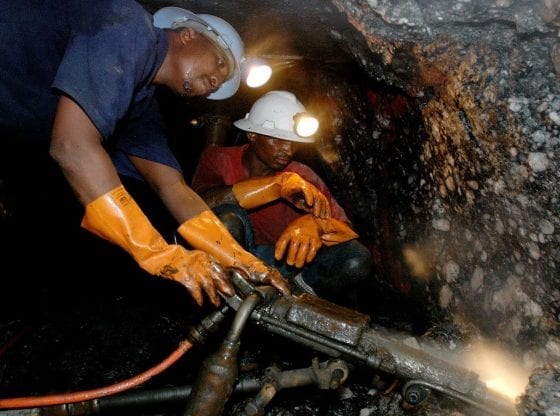Mining companies undertaking strategies to unlock net-zero targets
To address the climate emergency, governments and businesses are responding and mining companies are committing to minimising greenhouse -gas emissions with a goal of reaching net zero by about 2040 or 2050; however, this will be challenging and requires new ways of thinking.
This was noted by Stantec global mining marketing and business development manager Resa Furey, during the virtual Prospectors & Developers Association of Canada Annual Convention 2022, this week.
Fortescue Future Industries (FFI) CEO Julie Shuttleworth added that parent company Fortescue was transitioning to a vertically integrated green energy and resources company, as net zero is good for the planet, jobs, businesses, planet, local communicates and stakeholders.
Fortescue is aiming to be carbon neutral by 2030 in terms of Scope 1 and 2 emissions. Last year, that equated to about two-million tonnes of carbon dioxide, Shuttleworth noted.
Moreover, the company is also addressing emissions across its global value chain, with a target to achieve net-zero Scope 3 emission by 2040. Last year, this equated to about 200-million tonnes.
“These ambitious targets are underpinned by a pathway to decarbonisation, focused on investing in renewables and new decarbonisation technologies, to progressively eliminate diesel from our mining fleets,” she said.
Shuttleworth also mentioned that FFI had been created as the green energy arm of the company to drive these decarbonisation objectives.
Pivotal to the company’s plans are green hydrogen, green ammonia and renewable electricity, she outlined.
“Fortescue is especially focused of decarbonising hard to abate sectors, such as heavy haulage, shipping, aviation, and industry,” Shuttleworth emphasised.
She highlighted that the FFI green team has already successfully trialled technology on hydrogen, ammonia and battery power for haul trucks, trains and drill rigs, and ship engines. Last year, it successfully designed and trialled a hydrogen haul truck, she said.
FFI is also moving rapidly to build a global portfolio of renewable green hydrogen and ammonia projects.
The company has a goal to supply 15-million tonnes a year of green hydrogen by 2030. To this end, Shuttleworth outlined that the company has several offtake memorandum of understandings already in place, it has started building an electrolyser manufacturing facility in Australia, and is investing in technology companies and early stage research and development.
Meanwhile, Teck Resource Technology and Innovation lead Peter Wan said the company’s decarbonisation journey has entailed initiating numerous studies and pilots to build up its decarbonisation roadmap; establishing a broad collaboration network consisting of fellow miners, original equipment manufacturers, suppliers, consultants and government; creating a dedicated decarbonisation team; and the recently announced appointed of a VP of decarbonisation, who reports directly to the CEO.
He enthused that while much has already been undertaken, this is just the first steps in the decarbonisation journey.
Wan emphasised that mining companies at their core are deeply analytical and risk averse. Therefore, Teck is focused on evaluating technology, and building up project cost and emission abatement potential, with the initial goal of developing a corporate marginal abatement cost curve.
Wan said that while Teck is working on bringing the whole company along the decarbonisation journey to net zero, it is also undertaking this along with its peers in the mining industry. He acclaimed that in this common decarbonisation challenge, the industry is seeing high levels of collaboration and engagement, which is necessary.
Meanwhile, Thorn Associates president Emily Thorn Corthay said her company has developed a propriety decarbonisation model focused on the mining sector, that aims to help clients develop cost curves, and at a corporate level, help mining companies set targets and costed and practical plans for each mining site.
On its journey, she said that the company had found that a significant amount of knowledge transfer is beneficial to clients to help them with their targets.
Thorn’s approach is to first help mining companies focused on scope one and two emissions reduction, and then beginning scope three emission screening and then full scope three evaluation, Corthay outlined.
She said that while the company considers all opportunities, it has found that energy efficiency opportunities, from a return on investment perspective, are often the best approach, followed by renewable energy, and low- or no-carbon mobile fleets, reducing stationery emissions, and offsetting residual emissions.



